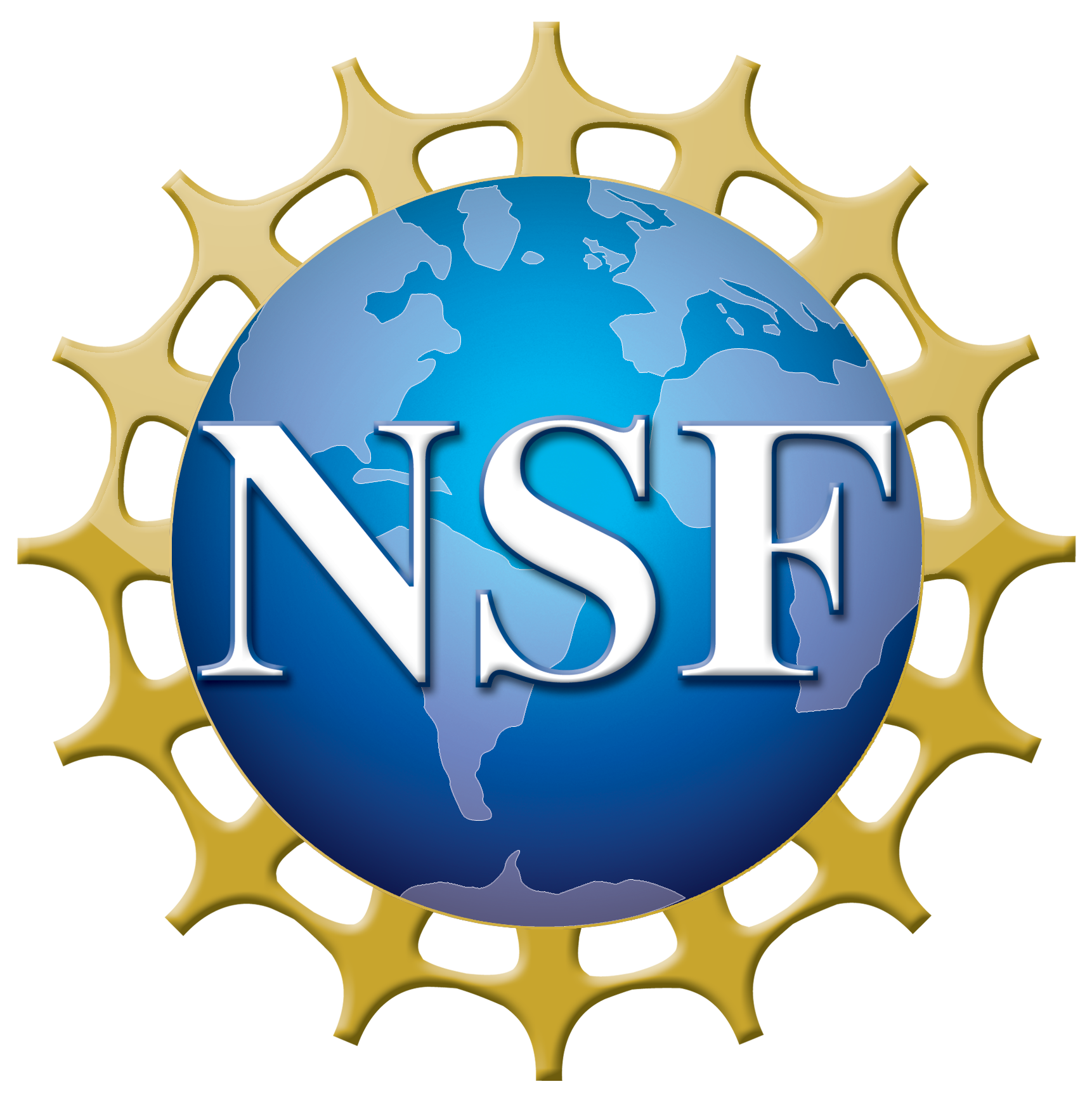Integrating Heterogeneous Wide-Area Networks and Advanced Data Science to Bridge the Digital Divide in Rural Emergency Preparedness and Response.
Large-scale emergencies, both man-made and natural, are increasingly incurring devastating losses in terms of human lives as well as financial resources. U.S. losses from weather-related disasters alone exceeded $1 trillion during the three decades between 1980 and 2011, and such events are on the rise due to climate change. Rural communities, with their social and economic composition, are uniquely vulnerable to emergencies both small and large-scale. While the United States critically relies on its rural population for food, water and energy, the available resources and thus effectiveness of emergency preparedness and response (EPR) in rural areas still lag behind their urban counterparts. EPR services increasingly rely on mobile broadband connectivity for timely information collection, integration and dissemination among stakeholders, including responder agencies, local governments and residents. While such technologies are abundant and reliable in the urban context, they are often scarce to non-existent in rural areas. The lack of connectivity coupled with remoteness, rugged terrain, and sparse and predominantly aging population amplify the effect of emergencies in rural areas and collectively constitute the rural EPR digital divide.
While technologically-disadvantaged, rural communities have been shown to have a tradition of collective action, taking charge of their own technological progress. The goal of this project is to analyze the feasibility of EPR information dissemination in disconnected rural areas using TV white space community networks, human and first responder mobility. The project designs a smartphone application (EApp) that leverages a combination of cellular networks, TV white spaces, responder-to-resident and resident-to-resident interactions to maximize the reach of EPR information in rural areas. It also designs technology that allows first responders to be connected as they travel through areas without commercial broadband. In parallel with the technological innovations, the team will work closely with community members and first responders to understand the applicability and usefulness of the approach.
News
-
10 January 2021
Our paper “Understanding the Determinants of Adoption and Use of Information and Communication Technologies for Emergency Management: Proposing a Research Agenda based on Existing Academic Literature.” won the best paper runner up in the “Digital Government Track” at HICCS'21. Link to paper
-
01 December 2020
Mariya will participate in a panel on 5G AND BEYOND 5G: VISION AND RESEARCH CHALLENGES at the N2Women event at GLOBECOM'20.
-
01 October 2020
New paper on our rural emergency preparedness work appeared in the GetMobile Magazine. Take a look at the paper here.
-
01 September 2020
Mariya gave a talk and participated in a panel on AI for Wireless at WoWMoM'20.
-
01 July 2020
UbiNET’s first PhD graduate, Wei Xiong, received the University at Albany Best Dissertation Award. Congrats, Wei!
-
24 April 2020
Our paper entitled “Protecting location privacy from untrusted wireless service providers” was accepted to WiSec'20. This is joint work with Keen Sung and Brian Levine from UMass Amherst.
-
20 June 2019
The UbiNET Lab received the Dynamic Spectrum Alliance 2019 Award for University Research on New Opportunities for Dynamic Spectrum Access.
-
28 March 2019
Our paper “Towards a Socio-Technical Framework for Bridging the Digital Divide in Rural Emergency Preparedness and Response: Integrating User Adoption, Heterogeneous Wide-Area Networks, and Advanced Data Science.” was accepted to the 20th Annual International Conference on Digital Government Research (Theme: Governance in the Age of Artificial Intelligence).
Funding
 This project is supported through a NSF Smart and Connected Communities Award CMMI-1831547.
This project is supported through a NSF Smart and Connected Communities Award CMMI-1831547.
